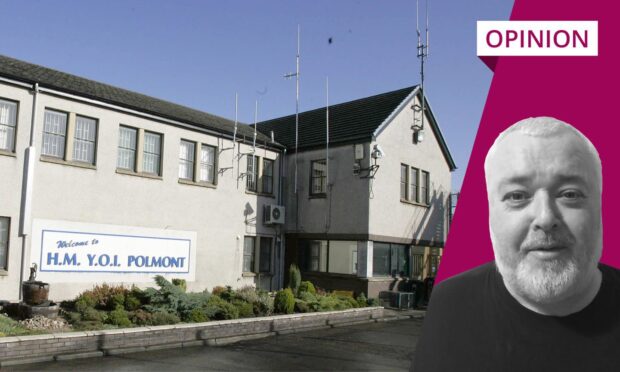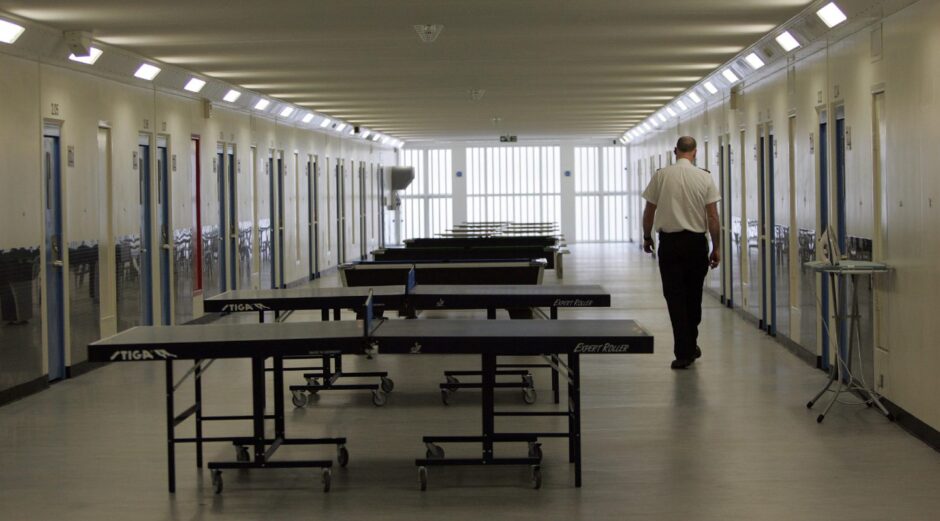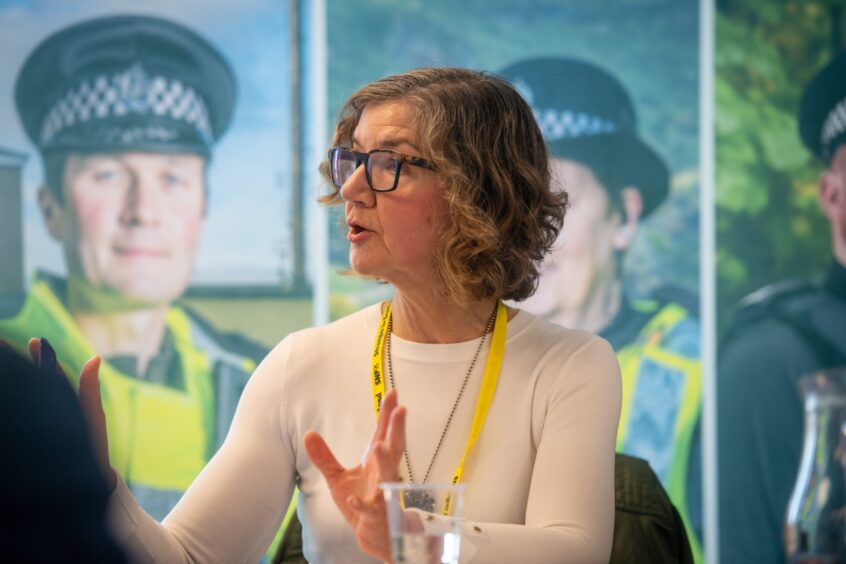Jonathan Beadle died in the melancholy twilight between being the sort of child we pity and the kind of broken adult we despise.
Just 17 when he killed himself inside Polmont Young Offenders Institution two weeks ago, Jonathan had pleaded guilty to serious charges, including being in possession of weapons with intent to “assault and murder” a teenage girl in Moray.
But, grave though his crimes were, he was being held in the wrong place when he took his life.
That’s not only my view but also the view of the Scottish Government which said, two years ago that under-18s would no longer be sent to young offenders institutions.
Not only was Jonathan sent to Polmont despite legislation being passed that should have prevented that punishment, but a further nine 16 and 17-year-olds are currently being held there.
Jonathan Beadle’s story is a challenging one. The acts he admitted to were deeply disturbing and few but the the most liberal would argue that he should not have been deprived of his liberty.
But while the teenager’s actions were serious he was also just a kid.
He did stupid things but, who knows, maybe he could have turned things around?
Surely society had not decided that, at the age of just 17, Jonathan was beyond hope?
When it comes to law and order, politicians are eager to be seen as tough and on the side of victims (although the reality of funding cuts means that, increasingly, victims of crime can expect police not to investigate).
What is less fashionable is discussion of how we treat those we incarcerate.
Prison estate is unfit for purpose
Year after year, official reports show that the prison estate is unfit for purpose.
We read about people being held in inhumane circumstances and we hear politicians talk about the need for reform. And then nothing seems to happen and I’m not sure we really care enough.
And, in fairness, I’m not sure we always have to care too much.
Take, for example, violent criminals for whom numerous prison sentences have failed to aid rehabilitation. When those people are locked up, at least they’re not terrorising their communities.
When it comes to vulnerable offenders we need to move out of the dark ages
But when it comes to vulnerable offenders – particularly young ones – we really need to move out of the dark ages.
Understandably, MSPs are now demanding to know when new laws preventing under-18s from being sent to young offenders institutions will come into effect.
Nicoll told the minister that her committee has been “concerned with deaths in custody for some time now, especially those relating to young people” and asked the minister for details of the circumstances that led to the decision to move Jonathan from secure care into Polmont.
Regardless of the answer to that question, the fact remains that the teenager should not have been in the facility.
The decision to stop under-18s from being sent to young offenders institutions was taken for very good reasons.
There has been a great deal of controversy in recent years about new sentencing guidelines which suggest that criminals under 25 should be dealt with more leniently because they are considered less mature and, therefore, less culpable for their actions than older offenders.
The victims of horrific crimes including rape have seen attackers walk away from court with what often seem like the most lenient sentences for serious crimes.
A key argument in favour of this approach is that by making prison a last resort for young offenders, you make it less likely that they will grow accustomed – even acclimatised – to captivity.
In order to support a more lenient – perhaps enlightened – approach to crime and punishment, we must find compassion for people whose actions might horrify and repel us.
It may be a cliché, but you can indeed judge a society by the way in which it treats its prisoners.
In some regards, we’ve made progress but Jonathan Beadle reminds us that the system – particularly when it comes to dealing with the young and the vulnerable – is not fit for purpose.
Two years ago, the Scottish Government said no more under-18s would go to Polmont.
Jonathan Beadle should not have died there because he should never have been there in the first place.
Euan McColm is a regular columnist for various Scottish newspapers



Conversation